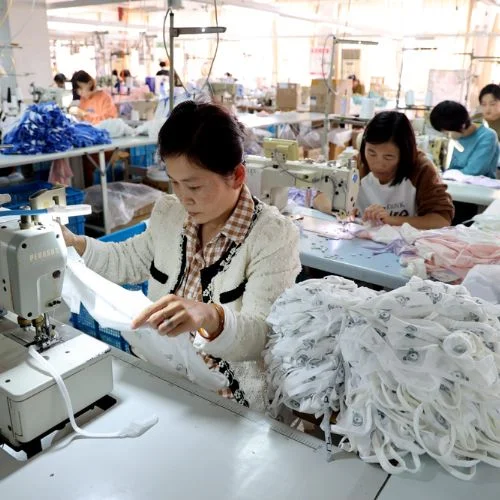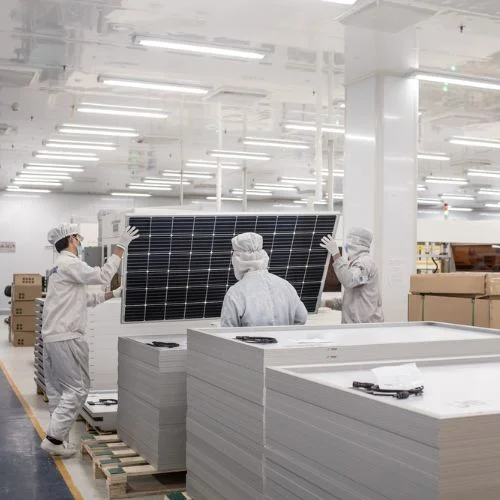According to an official from the Ministry of Commerce, the decrease in imports during the month of January was attributed to the implementation of the Make in India initiative. In December, there was also a decline in imports, which amounted to 3.46 percent. Nonetheless, when examining the performance of various manufacturing sectors, it is difficult to feel optimistic about the extent to which Make in India has succeeded.
The reality of the manufacturing sector’s problems is much graver than what is suggested by the headline figure in the Index of Industrial Production (IIP). The headline figure reveals that manufacturing grew by a meagre 2.6 percent in December, a sharp drop from November’s growth of 6.4 percent.
Manufacturing has declined twice out of the nine months so far, with a drop of 5.9 percent in October and 0.4 percent in August. In the first nine months of the fiscal year 2022-23, manufacturing increased by only 4.8 percent, which is a significant drop from the 16.1 percent increase during the same period of the previous year. However, last year’s growth figures cannot be considered accurate due to the low base caused by Covid-induced lockdowns in 2020-21. This 4.8 percent growth also occurred primarily due to two high-growth months, May and June, which saw a growth rate of 20.7 percent and 12.9 percent, respectively, mainly due to the low base in the previous month due to the second Covid wave.
However, the situation is much graver as demonstrated by the fact that 11 manufacturing industries displayed a decline in output during December, which accounts for nearly half of the total 23 industries.
Moreover, these industries comprised both labor-intensive segments like textiles, apparel, and leather, as well as technologically advanced products such as computers, electronics, and optical products. December was not the only month that witnessed a high number of industries showing a decline in production, but it was the second-highest this fiscal year. In October, production in 17 segments experienced a contraction. Since July, at least seven industries have exhibited a decline in production.
Labor-intensive industries like textiles and leather were particularly affected during these months. For instance, textiles experienced a decline of 8.5 percent and leather a decline of 5.8 percent in the first nine months of the current fiscal year, even after accounting for the skewed performance in May. Textiles had also dropped by 3 percent in June, and leather saw a meagre YoY growth of just 0.9 percent in the same month. These two industries experienced a decline in spite of a fall in the corresponding period of the previous year as well.
According to experts, the decline in manufacturing is attributed to a drop in overseas demand, and the production-linked incentive (PLI) schemes will take some time to generate positive outcomes.
Pronab Sen, a former chief statistician, stated that the PLI scheme is primarily aimed at large firms and focused on exports. He further added that investments in large industries take anywhere from one and a half to two and a half years to yield results, but the current situation is taking longer due to the collapse of overseas demand.
The government introduced the PLI scheme for 13 sectors in an effort to enhance the nation’s capabilities and exports in key sectors.
Ranen Banerjee, Partner at PwC’s Economic Advisory Services, highlighted that the global economic headwinds are impacting the textiles, apparel, leather, and gems and jewelry sectors, resulting in reduced demand for their products. He further added that these industries have witnessed a contraction in exports and have weak order books, with an anticipated further slowdown having a significant impact on their output.
Banerjee also noted that computers and electronic items are showing signs of weakness, which could be attributed to the weakness in the consumer durables sector. He further explained that due to the world moving online during the Covid lockdown, many households purchased these products in very high volumes, and there is a lagged effect as replacement demand is yet to kick in for these products in such households.














